#Feathursday
Photo
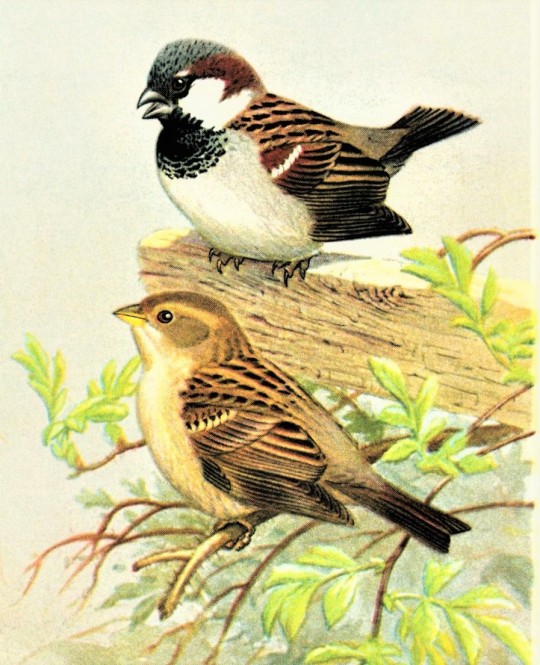
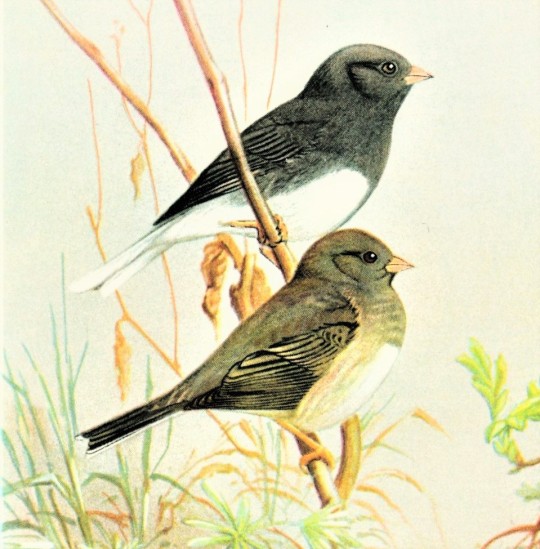

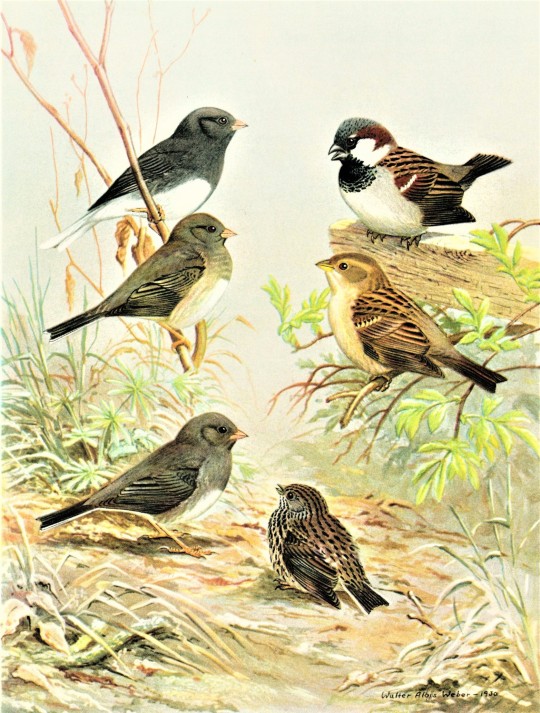
A Cheerful-Sparrow Feathursday
Among the most cheerful birds in our neighborhood are the common House Sparrow (Passer domesticus) and the Dark-eyed Junco (Junco hyemalis). I wake up every morning with the House Sparrows on my porch telling me to chirrup! And as I walk to work, the Juncos flitting about close to the ground, with their white tail bars and their tiny chipping calls, just starts the day off right.
Both are sparrows, but the House Sparrow, a year-long resident here, is an Old World sparrow (family Passeridae), introduced into North America in the 1850s.The Junco is an indigenous New World sparrow (family Passerellidae). They breed much further north in summer, and while they do winter in our region, in Milwaukee I tend to see them only in spring and fall as they move through. For me, they are harbingers of the changing seasons.
The images shown here are from a 1930 painting by American nature artist Walter Alois Weber reproduced in Bird Portraits in Color by the American physician and ornithologist Thomas Sadler Roberts and published by the University of Minnesota Press in the 1934. The volume includes 92 color plates by five wildlife artists illustrating 295 North American species.
The two birds in the upper left of this plate are male breeding adult and fall immature male Juncos; in the upper right are male and female House Sparrows; at bottom on the ground are female breeding adult and juvenile Juncos.
View other posts from Bird Portraits in Color.
View more Feathursday posts.
-- MAX, Head, Special Collections
#Feathursday#sparrow speaks#Old World sparrows#New World sparrows#House Sparrows#Dark-eyed Junco#Bird Portraits in Color#Walter Alois Weber#Thomas Sadler Roberts#University of Minnesota Press#bird paintings#wildlife art#biological illustration#birds#birbs!
607 notes
·
View notes
Text

Happy Feathursday!
Pheasant pigeons (Otidiphaps nobilis) are natives of the rainforests of New Guinea and surrounding islands.
SciArt by John Gould and Henry Constantine Richter for Gould's Birds of Asia, Vol. 6 (1850-83). View more in Biodiversity Heritage Library with thanks to Smithsonian Libraries and Archives (@smithsonianlibraries) for digitizing.
#Pheasant pigeons#birds#ornithology#BHLib#Biodiversity Heritage Library#Smithsonian Libraries#Feathursday#SciArt#scientific illustration#scientific art#HistSciArt
144 notes
·
View notes
Text
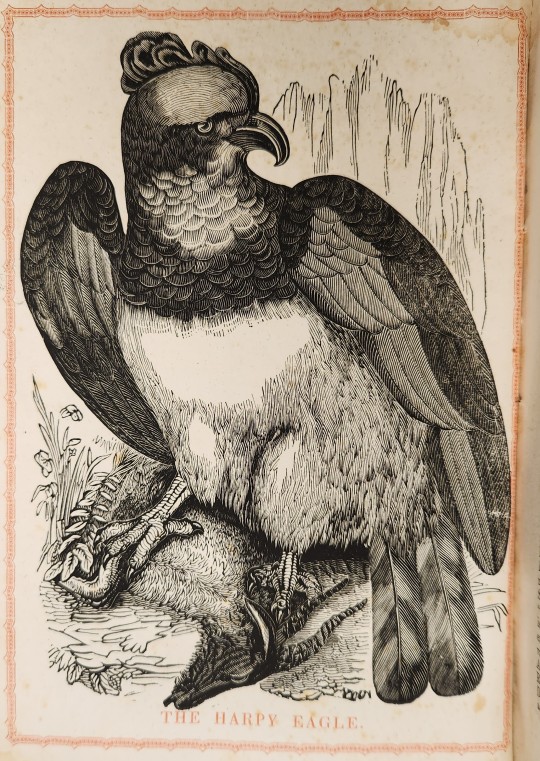
If you have never seen a photograph of a harpy eagle, find one now. This illustration doesn't even begin to cover it.
From: Robert Merry's museum. Boston : Bradbury, Soden & Co.
AP200 .R63 vol. 3 no. 4 1842
#eagle#harpyeagle#birdsofprey#majestic#bird#southamericanbirds#1840s#mid19thcentury#largebirds#feathursday#rarebooks#specialcollections#libraryofva
316 notes
·
View notes
Text

Today we grace your digital screens with a lovely pair of European dippers, also known as Water Crows or Pyets (the Scottish name).
The Naturalist’s Library praises the beauty of the song of Cinclus aquaticus and describes its curious adaptations to living alongside human-made machinery:
“It may often be seen perched on the inner spokes of the mill-wheel, singing its low melody; and we have known it to breed within the passage of the torrent which drove it … They sport about the banks of the stream, flying short distances, and during flight utter their single monotonous alarm or call note. When about to alight they drop or splash into the pools or stream, and almost never at once settle on the stones or rocks. They are one of our most pleasing songsters, though from the lowness of the note it is not often observed; but to the angler, who plies his rod at all hours, and in the most sequestered scenes, it is a well-known and welcome strain…
Their breeding places are chosen near to the brook or river, and often in curious situations. The nest is generally constructed under some brow or overhanging rocks, or among the matted roots of a tree; at other times under some fall, which is projected over a space hollow, and comparatively dry within, or beneath the dam or weir which serves to turn off the water to supply machinery; and we have once or twice observed it under the very sluice of the millwheel.”
Image from:
Jardine, William. The naturalist’s library. Edinburgh: W.H. Lizars et al., 1843. Vol. 25. Catalog record: https://bit.ly/2Q98p8i
95 notes
·
View notes
Photo
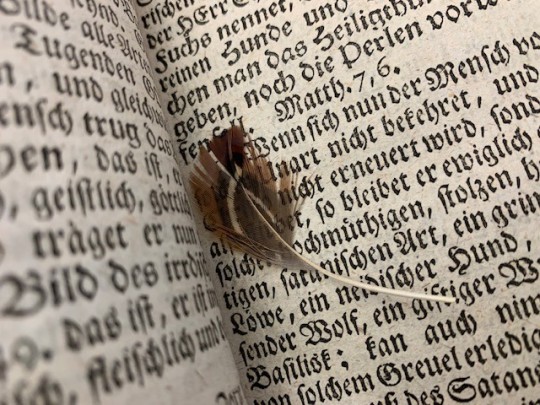
HDSL Feathursday
We always enjoy the posts by @uwmspeccoll so we were thrilled to come across a little something for our own Feathursday!
This little gem was found in an 18th century work by Johann Arndt, a Lutheran theologian influential in the Pietist movement.
For more great posts that feature birds not just feathers, check out their Feathursday archive here.
Arndt, Johann. Sechs Bücher vom Wahren Christenthum ... nebst dem Paradies-Gärtlein, samt Herrn D. Rambachs historischem Berichte von des sel. Arnds Person und wahrem Christenthume. Achte Auflage. Hof: Verlegts Johann Christoph Leidensrost, 1767.
62 notes
·
View notes
Text

"Feathursday".
Resplendent Quetzals are the Emerald Jewels of the Central American Forests. Often considered the most beautiful birds in the World, their irredescant bright green quetzals were revered in Aztec and Mayan Cultures. They are the National Bird of Guatemala and a male with its iconic tail feathers appears on the Guatemalan Flag".
> Histiacart. Instagram.
0 notes
Photo

Mississippi kite. From John James Audubon’s Birds of America v.02, circa 1834-1834.
#feathursday#mississippi kite#birds#audubon#scientific illustration#birds of america#john james audubon#ornithology#digitization#digital libraries#cincy library
76 notes
·
View notes
Photo
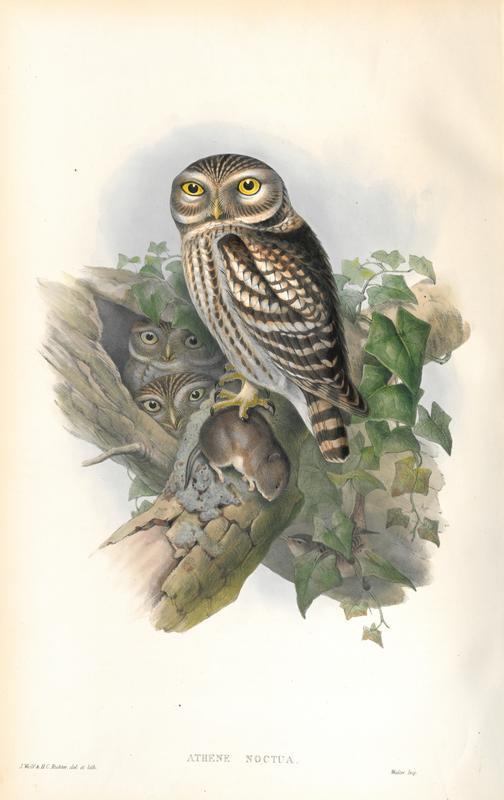



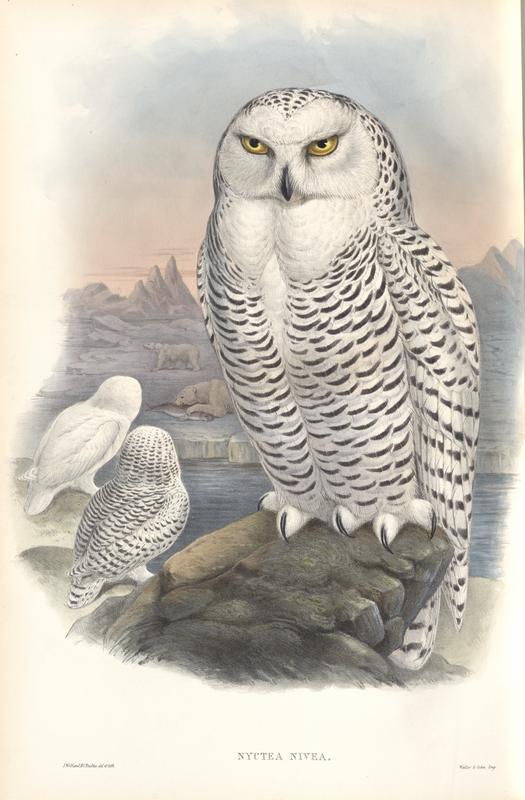
#Feathursday brought to you by John Gould’s Birds of Great Britain (1873).
#feathursday#owls#feathers#birds of great britan#john gould#baby owl#varmints#feathered friends#rare books#special collections#athene noctua#Nyctea Nivea#Otis Vulgaris#hoot#hooo#attitude#bird vibes#nocturnal#loyno
253 notes
·
View notes
Photo

The bald eagle became America’s national symbol on June 20, 1782, when the Second Continental Congress approved a design for a national seal created by Charles Thomson, the secretary of Congress, which used the bird as a motif. A previous effort to design a national seal, led by Benjamin Franklin, Thomas Jefferson and John Adams, had failed to produce a design that met with Congress’s approval.
But if they had succeeded, it’s unlikely that they would have selected a bald eagle. In a January 26, 1784 letter to his daughter, Franklin described the bald eagle as “a rank coward”, “lazy”, and a “bird of bad moral character” that steals from other birds. He much preferred the turkey, which he described as a “much more respectable bird”, “a bird of courage”, and “a true original native of America” that “would not hesitate to attack a Grenadier of the British Guards who should presume to invade his Farm Yard with a red Coat on.”
The courageous, respectable turkeys we’re sharing this #Feathursday were illustrated in 1917 for the E. I. du Pont de Nemours & Company’s Our American Game Birds series. The series consisted of nineteen prints of paintings of birds by artist Lynn Bogue Hunt (1878–1960), accompanied by descriptive text from ornithologist Edward Howe Forbush (1858-1929), and was released by DuPont’s Sporting Powder Division to advertise shotgun powder.
To view more prints from this series, which is part of the Hagley Library’s DuPont Company Museum collection (Accession 1968.001), you can visit this collection’s page in our Digital Archives by clicking here.
#Feathursday#Second Continental Congress#Great Seal of the United States#Great Seal#Charles Thomson#bald eagle#Benjamin Franklin#Thomas Jefferson#John Adams#turkey#bird of bad moral character#birds#birbs#DuPont#game birds#Lynne Bogue Hunt#Edward Howe Forbush#1910s#illustration#ornithology#vintage advertising
84 notes
·
View notes
Photo

Learned canary birds perform the most astonishing feats!
We would especially like to see Grandpapa standing on his head, and Grandma sitting in her chair.
Sig'r Blitz, the stage name for Antonio van Zandt, was a British ventriloquist and magician who moved to Philadelphia in 1834. During the Civil War, Blitz performed what he estimated to be 132 shows to 63,000 soldiers recuperating at various Civil War hospitals in Philadelphia.
This is a broadside playbill from a benefit show in 1863. Sig. Blitz, The Great Magician and Ventriloquist with his Learned Canary Birds, (Philadelphia, 1863).
Read more here
27 notes
·
View notes
Text
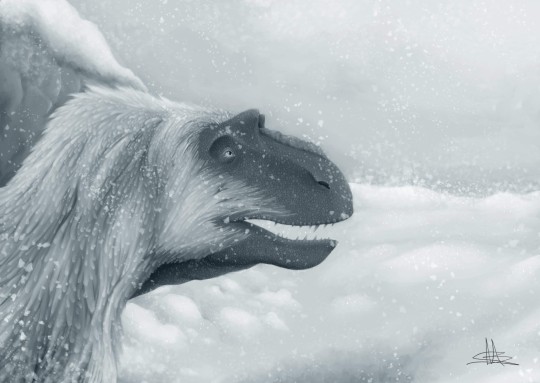
Yutyrannus huali from the Liaoning province of northeastern China
#digital art#art#artists on tumblr#digital drawing#artwork#my art#dinosaur#digital doodle#yutyrannus#theropod#feathers#feathursday
26 notes
·
View notes
Text
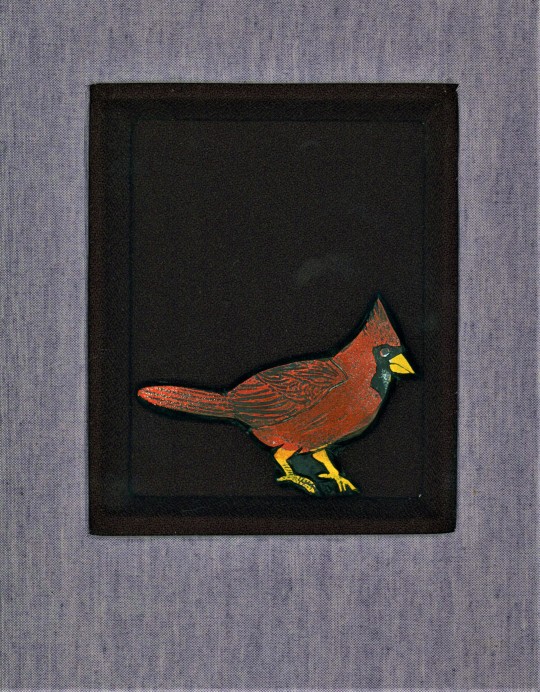
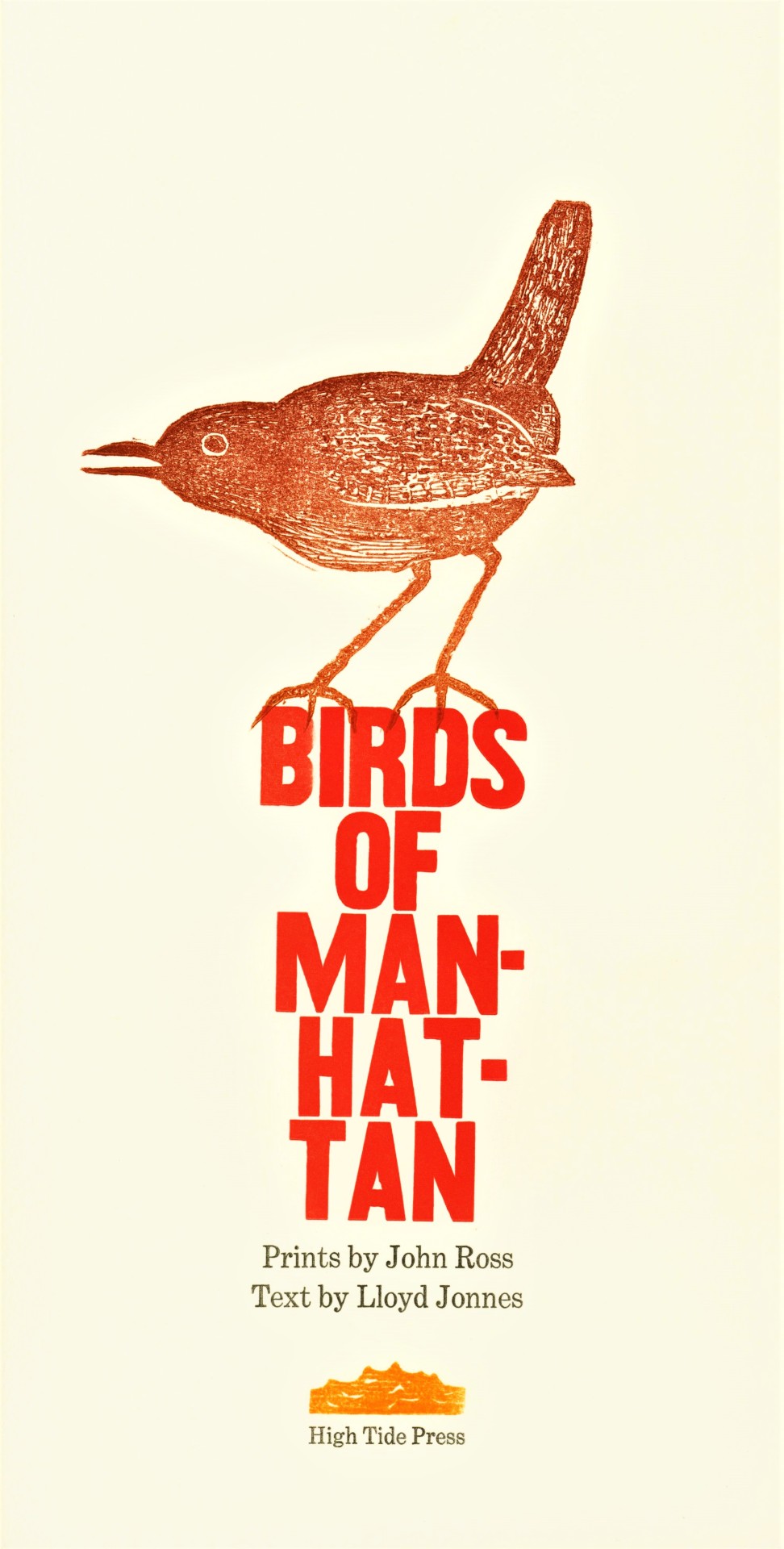


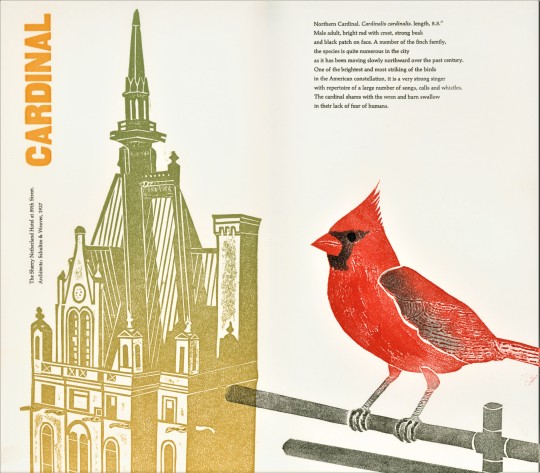


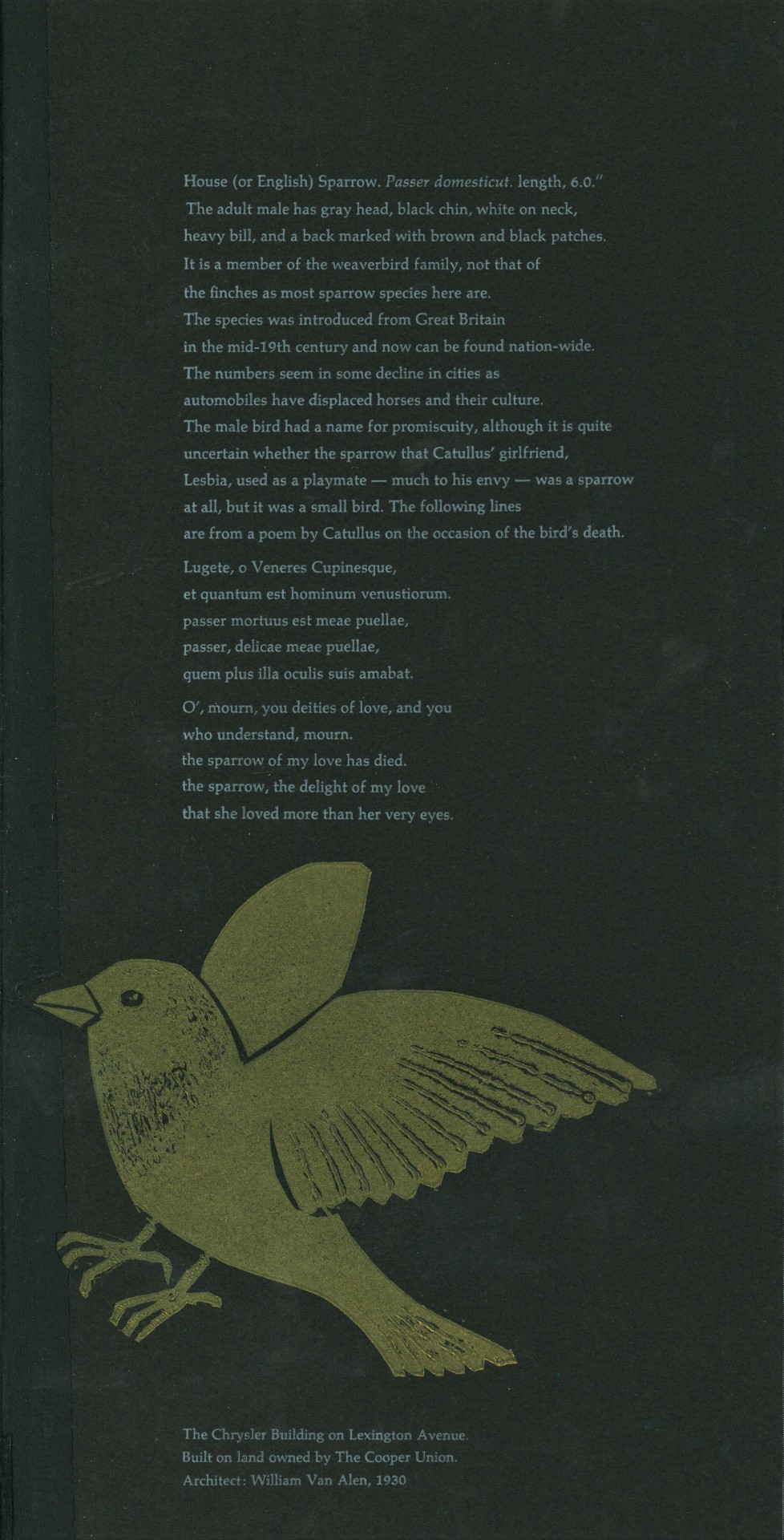
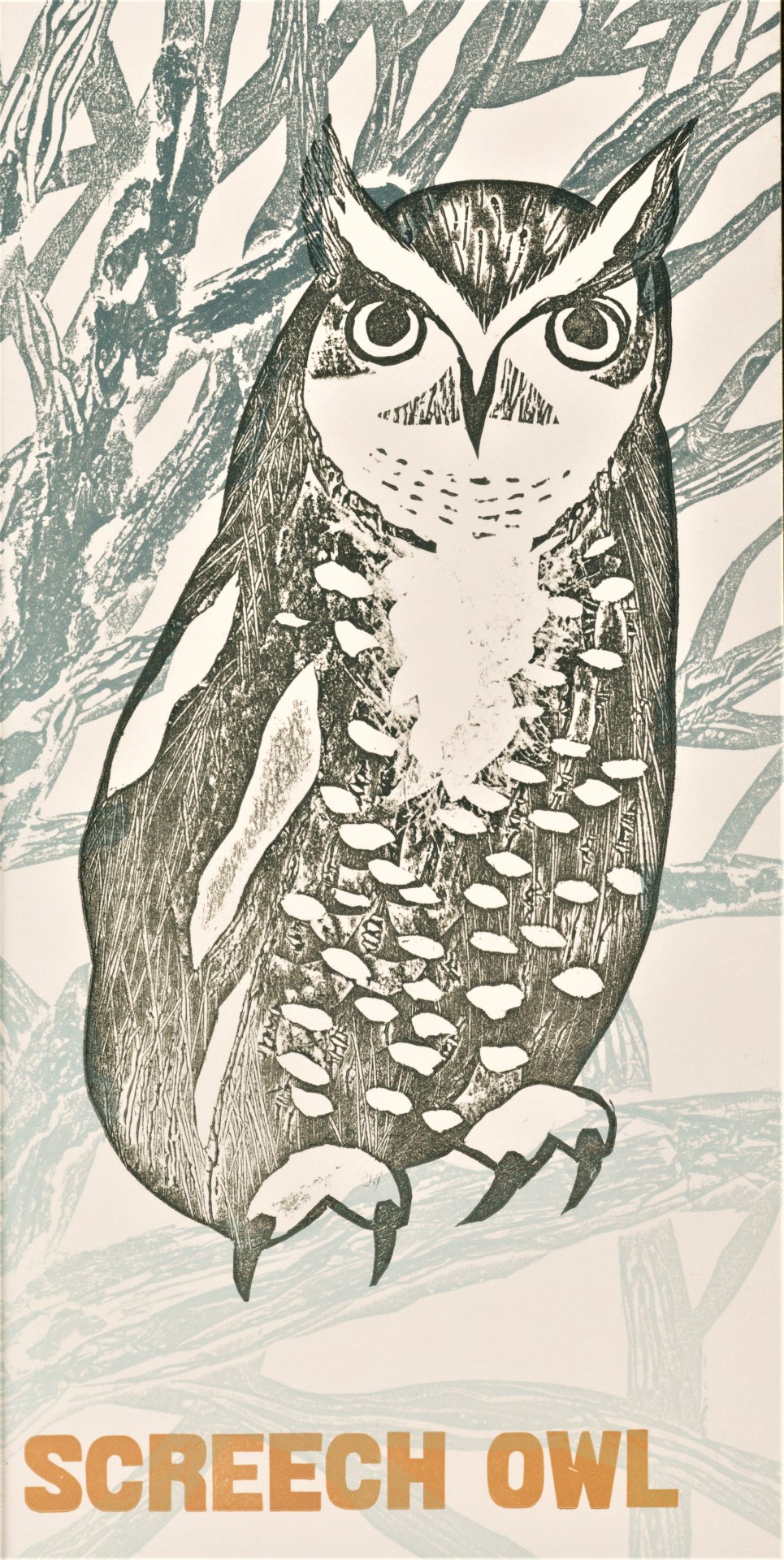


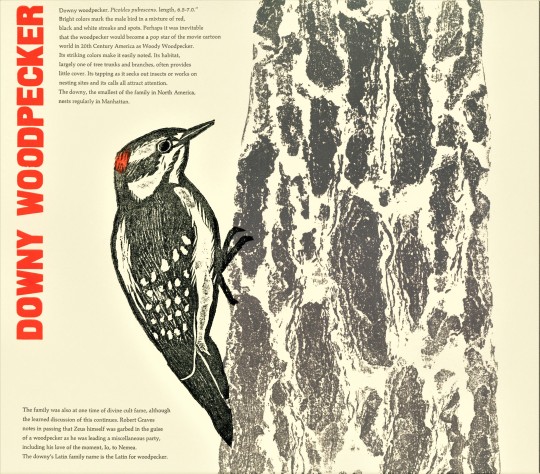
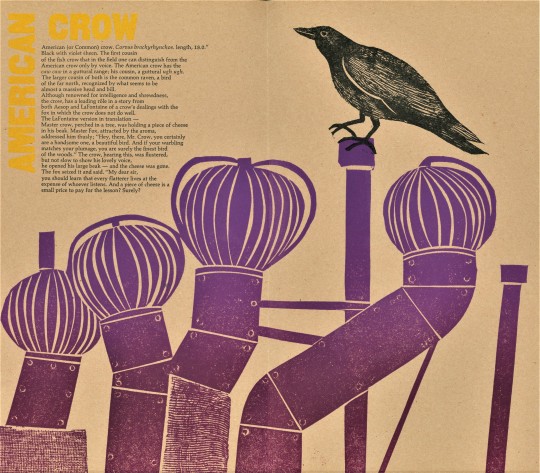


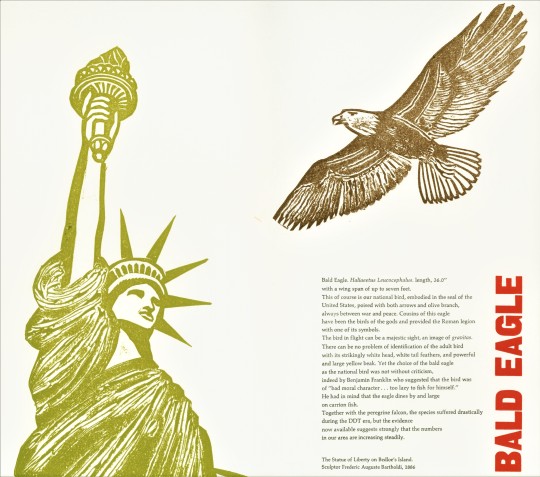
A Big Apple Feathursday
These collagraph prints by American artist, educator, and printer John Ross (1921-1917), made for the 1998 Birds of Manhattan, depict a few of the more common birds of that island against various architectural features of the city. It's sometimes easy to forget how biodiverse Manhattan is, particularly in bird life. Manhattan lies on the eastern route of the Atlantic flyway, so it receives many visitors as well as serving as a year-round residence for many species of birds.
The book, another donation form the estate of our late friend Dennis Bayuzick, was conceived, designed, illustrated and printed in an edition of 40 copies by John Ross at his East Hampton, New York High Tide Press in collaboration with relief aid officer and Greek and Latin scholar Lloyd Jonnes, who wrote the text. The binding, with its inset painted relief of a Cardinal, is by James D. Marcantonio at his Hope Bindery in Providence, R.I. This book was selected for the 1998 “50 Books / 50 Covers” by the American Institute for Graphic Arts in New York.
View another post on work by John Ross.
View more Feathursday posts.
#Feathursday#John Ross#Birds of Manhattan#collagraphs#High Tide Press#Lloyd Jonnes#James D. Marcantonio#Hope Bindery#Herring Gull#Rock Dove#Northern Cardinal#Barn Swallow#House Sparrow#Screech Owl#Peregrine Falcon#European Starling#Downy Woodpecker#American Crow#Great Blue Heron#Canada Goose#Bald Eagle#House Wren#birds#birbs!
257 notes
·
View notes
Text

Happy Feathursday!
Resplendent quetzals (Pharomachrus mocinno) are the emerald jewels of the Central American forests. Often considered one of the most beautiful birds in the world, these iridescent bright green quetzals were revered in Aztec and Mayan cultures. They are the national animal of Guatemala, and a male with its iconic tail feathers appears on the Guatemalan flag.
SciArt by John Gould and William Hart for Gould's Monograph of the Trogonidae, or Family of Trogons, Pt. 3 (1875). View more in the Biodiversity Heritage Library with thanks to the Ernst Mayr Library of the Harvard Museum of Comparative Zoology for digitizing.
#Feathursday#resplendent quetzal#resplendent quetzals#quetzals#quetzal#Central America#ornithology#birds#Guatemala#SciArt
314 notes
·
View notes
Text

Black rosy finch
From: Baird, Spencer Fullerton. A history of North American birds. Boston : Little, Brown, 1875
QL681 .B16
#finch#blackrosyfinch#bird#northamericanbirds#1870s#19thcentury#robertridgway#spencerbaird#ornithology#naturalhistory#natureillustration#feathursday#rarebooks#specialcollections#libraryofva
410 notes
·
View notes
Text
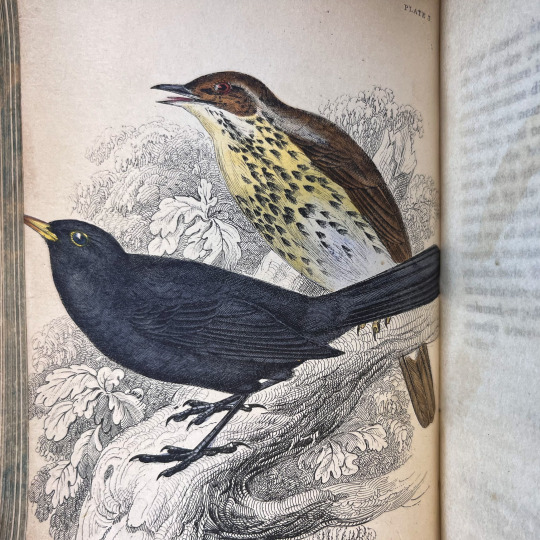
Today we bring you a lovely pair of musically-gifted thrushes!
The Naturalist’s Library praises the tunes of the Song Thrush (upper right):
“The cheerful melody of the common Song-Thrush, in a balmy evening of spring, cheers the early labourer, and is listened to with a delight and quiet pleasure which is felt by all.”
However, Jardine is not quite as impressed with the blackbird (lower left):
“His song is full and deep, but has a greater monotony of tone, and wants the clear and varied notes of the Song Thrush, and we do not think that it is either so frequently sung or so long continued at a time. It is, nevertheless, a better cage bird than the other, is more sprightly in its manners, is easily tamed, and learns to whistle parts of tunes, and even to imitate the sound of one or two words.”
Image from:
Jardine, William. The naturalist’s library. Edinburgh: W.H. Lizars et al., 1843. Vol. 25. Catalog record: https://bit.ly/2Q98p8i
81 notes
·
View notes
Photo


Feathursday: Birds on Parade
This Feathursday, we present this early 1900s postcard filled with bright and colorful birds! This postcard is a lithograph that depicts a parade float for Novelty Dye Works, a Milwaukee company advertising their cleaning and dyeing services. This postcard can be found in the Thomas and Jean Ross Bliffert Postcard Collection at the UWM Archives, as well as our Greetings from Milwaukee Digital Collection.
-Lizzie, Archives Graduate Intern
#Feathursday#Digital Collection#Greetings from Milwaukee#Novelty Dye Works#Parade#Postcard#Vintage Postcard#1907#1900s#Colorful Birds#Birds#1900s Postcard#Homecoming Parade#Thomas and Jean Ross Bliffert#Lizzie#lithograph
31 notes
·
View notes